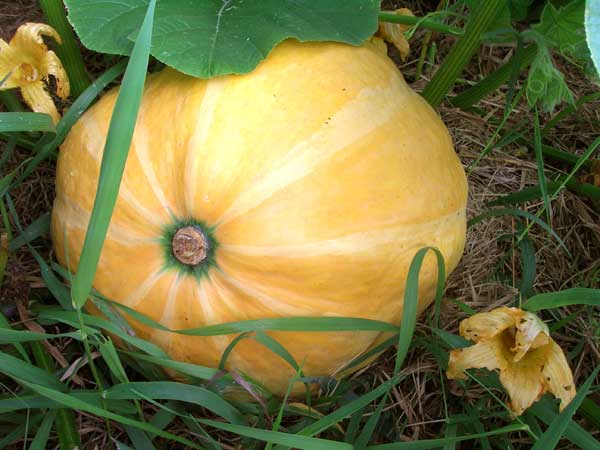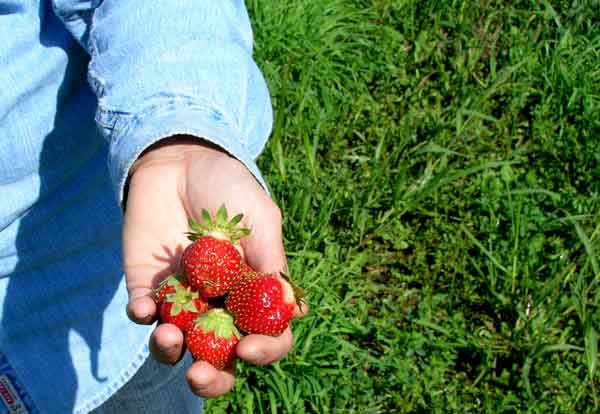
Permaculture
Permaculture employs growing practices that nurture and replenish the land, rather than deplete it. This sustainable agriculture movement strives to benefit rather than harm the natural environment and maintains basic natural resources such as healthy soil, clean water, and  clean air.
clean air.
At Cypress Villages, our goal is for our agricultural production to exceed the production of the land prior to its development, while maintaining and improving its integrity. We employ sustainable agriculture practices in our newly planted fruit and nut tree orchards, and our 30+ acres of crop fields are currently making the transition from non-organic to organic. It’s a three-year process, but we’re well under way.
Cypress Villages also strives to support viable, nearby rural communities and businesses that offer fair treatment of all involved in the food system. We’re proud to align ourselves with people who are dedicated to making a difference!
Over 42 Acres of Cypress Villages Open Space are Planted in Permaculture
Bill Mollison, an Australian ecologist, and one of his students, David Holmgren, coined the word “permaculture” in 1978. It is a contraction of "permanent agriculture" or "permanent culture." Permaculture is a set of design principles that can be applied to any situation, a  garden, a farm, community, and a new housing estate. The principles aim at creating a system that is as close to self sufficient as possible. Sustainability is the keyword.
garden, a farm, community, and a new housing estate. The principles aim at creating a system that is as close to self sufficient as possible. Sustainability is the keyword.
A central theme in permaculture is the design of ecological landscapes of multi-use plants that produce food. Energy-efficient buildings, wastewater treatment, recycling, and land stewardship in general are other important components of permaculture. The focus is not on these elements themselves, but rather on the relationships created among them by the way we place them in the landscape. Mimicking patterns found in nature further enhances this synergy. More recently, permaculture has expanded its purview to include economic and social structures that support the evolution and development of more permanent communities, such as co-housing projects and eco-villages. As such, permaculture design concepts are applicable to urban as well as rural settings, and are appropriate for single households as well as whole farms and villages.
Important Characteristics of Permaculture
- Permaculture is one of the most holistic, integrated systems analysis and design methodologies found in the world.
- Permaculture incorporates sustainable agriculture practices and land management techniques and strategies from around the world.
- Permaculture is a bridge between traditional cultures and emergent earth-tuned cultures.
- Permaculture promotes organic agriculture that does not use pesticides to pollute the environment.
- Permaculture design is site specific, client specific, and culture specific.

The Practical Application of Permaculture
Ecological methods of production for any specific crop or farming system are central to permaculture as well as to sustainable agriculture in general. Standard organic farming and gardening techniques utilizing cover crops, green manures, crop rotation, and mulches are emphasized. Gardening and recycling methods common to permaculture include edible landscaping, keyhole gardening, companion planting, trellising, sheet mulching, solar greenhouses, and spiral herb gardens. 
Since permaculture is not a production system, per se, but rather a land use and community planning philosophy, it is not limited to a specific method of production. Furthermore, as permaculture principles may be adapted to farms or villages worldwide, it is site specific and therefore amenable to locally adapted techniques of production.
Permaculture is not limited to plant and animal agriculture, but also includes community planning and development, use of appropriate technologies (coupled with an adjustment of life-style), and adoption of concepts and philosophies that are both earth-based and people-centered, such as bio-regionalism. Many of the appropriate technologies advocated by permaculturists are solar and wind power; water collection, management, and re-use systems, rain catchments; and constructed wetlands.
